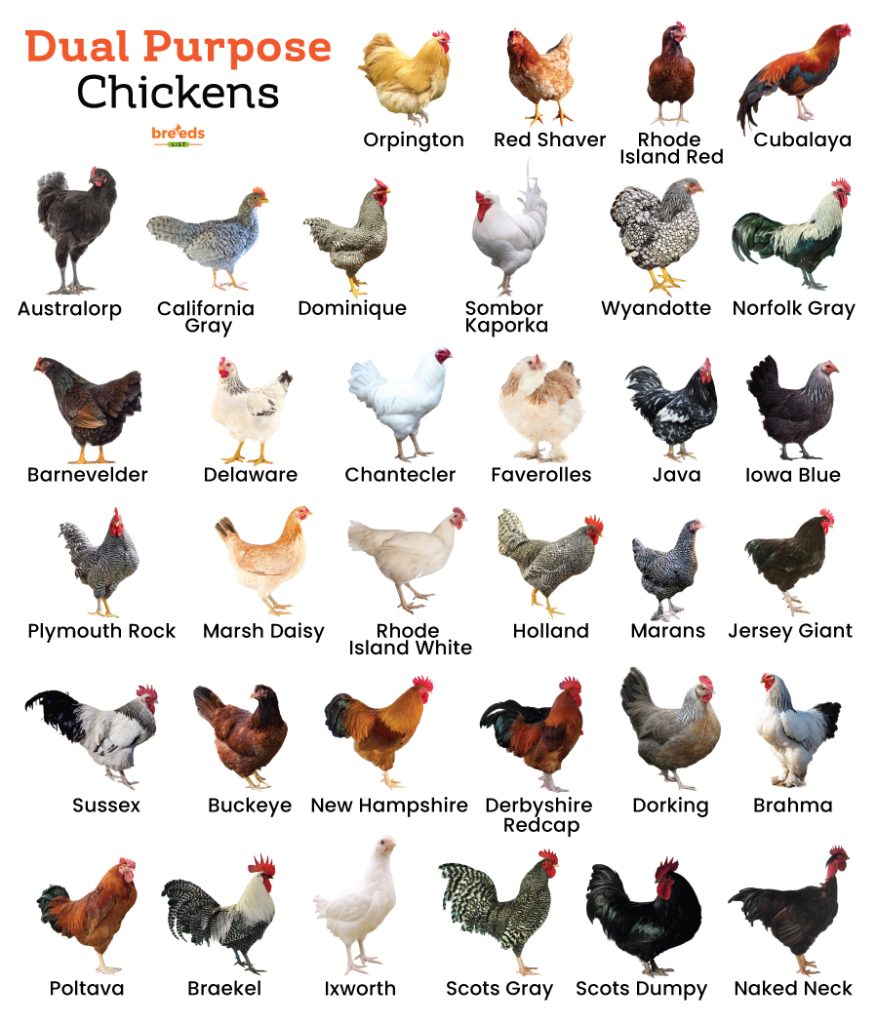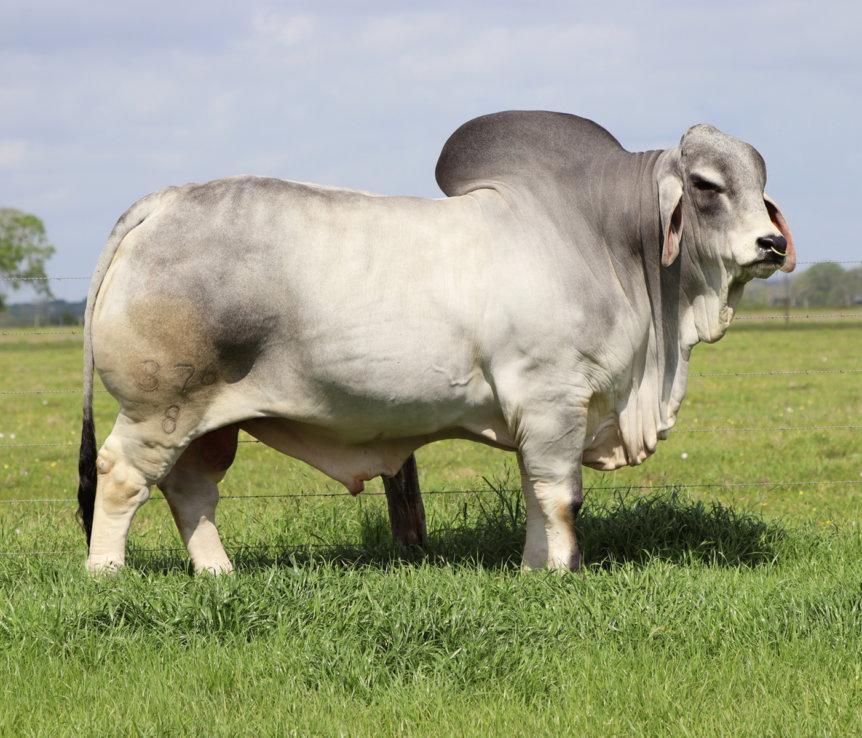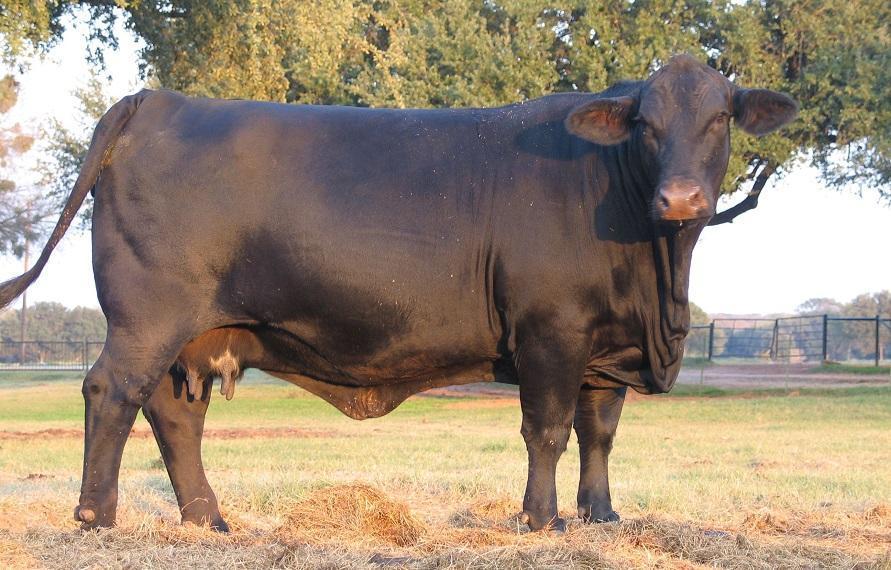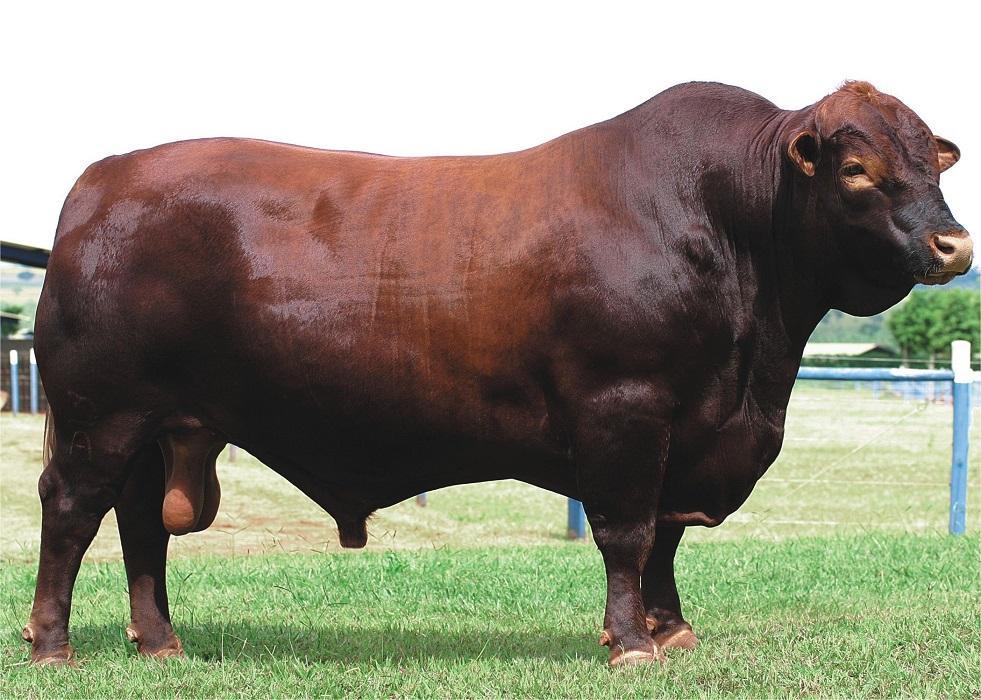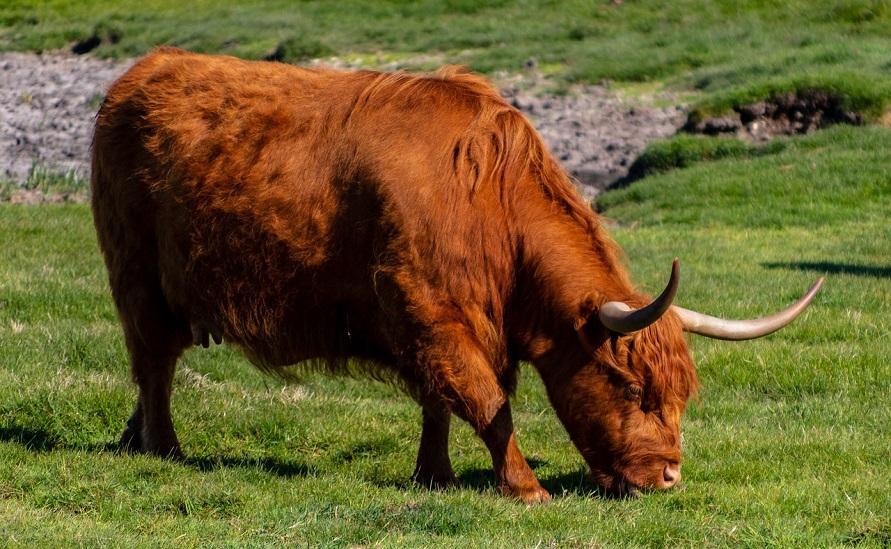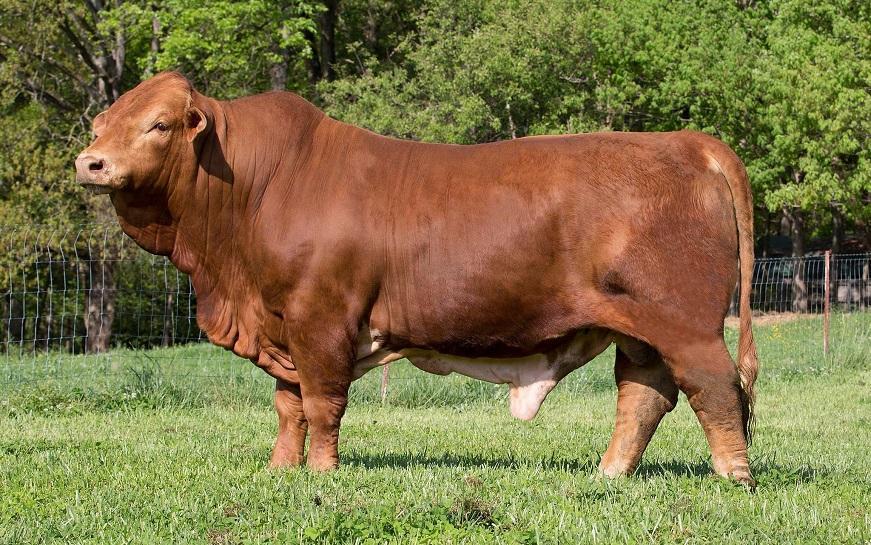Dual Purpose Chickens
Some chicken breeds are raised for their meat, while others are valued for their eggs. Dual-purpose chickens are capable of providing both. However, they are often less productive in each area than specialized breeds and are rarely used commercially. Dual-purpose chickens are mostly popular with backyard farmers and homesteaders who appreciate their versatility.
List of Chickens Raised For Both Eggs and Meat
| Breed | Number of Eggs Produced Annually | Weight (in lbs) |
|---|---|---|
| Red Shaver | 305-315 | 3-5 |
| Australorp | 250-300 | 5-7 |
| California Gray | 240-300 | 4-6 |
| Rhode Island Red | 200-300 | 6-9 |
| Dominique | 200-300 | 4-7 |
| Orpington | 200-280 | 6-10 |
| Sombor Kaporka | 200-260 | 5-9 |
| Chantecler | 220-250 | 6-9 |
| Marsh Daisy | 200-250 | 5-7 |
| Wyandotte | 200-250 | 6-9 |
| Rhode Island White | 200-250 | 6-9 |
| Holland | 200-240 | 6-9 |
| Buckeye | 175-240 | 6-9 |
| New Hampshire | 200-220 | 6-9 |
| Sussex | 180-220 | 7-9 |
| Norfolk Gray | 150-220 | 5-8 |
| Plymouth Rock | 180-200 | 7-8 |
| Iowa Blue | 180-200 | 6-7 |
| Barnevelder | 175–200 | 6-8 |
| Jersey Giant | 150-200 | 10-13 |
| Brahma | 150-200 | 10-12 |
| Delaware | 150-200 | 6-9 |
| Naked Neck | 150-200 | 6-9 |
| Marans | 150-200 | 5-9 |
| Derbyshire Redcap | 150-200 | 6-8 |
| Dorking | 150-200 | 17-31 |
| Faverolles | 150-200 | 6-8 |
| Poltava | 170-190 | 4-8 |
| Braekel | 150-180 | 9-12 |
| Java | 150-180 | 7-10 |
| Ixworth | 150 -180 | 13-20 |
| Scots Gray | 150-180 | 5-7 |
| Scots Dumpy | 130-180 | 5-7 |
| Cubalaya | 125-175 | 4-6 |
Breeders often utilize dual-purpose chickens for specialized purposes. For instance, the Australorp is frequently chosen solely for its prolific egg production.
When Should Dual-Purpose Chickens Be Butchered?
Dual-purpose breeds start egg laying at around 24 weeks, though this can differ slightly among individual chickens. Those with the highest egg production are usually kept longer for their eggs. The cockerels and other less productive chickens can be butchered for meat at about 16-18 weeks once they have grown enough. Large dual-purpose breeds can weigh over 13 lbs at maturity, whereas standard breeds typically reach 5-7 lbs.
FAQs
The Holland and California Gray chickens are renowned for laying white eggs. The Marsh Daisy can sometimes produce eggs that appear white but, upon closer inspection, reveal a subtle tint.
Dual-purpose chickens should be alternately fed a mix of calcium and proteins, adjusting the intakes as desired. For egg-laying purposes, they need to be fed primarily grains with a supplementary amount of grit to grow eggshells. For meat production, alongside grains, they need to be fed insects like worms for extra protein.
Most dual-purpose breeds grow at a slower pace compared to the best egg-laying breeds (16-18 weeks) and meat chickens (5-7 weeks). However, the Delaware chicken is a notable exception that matures relatively quickly, starting to lay eggs at 20 weeks and providing enough meat at 12-16 weeks.
Some chickens, like the Brahma, Jersey Giant, and Dominique, can weather the cold well and are often raised by people who want to have reserves for both eggs and meat in the winter.

